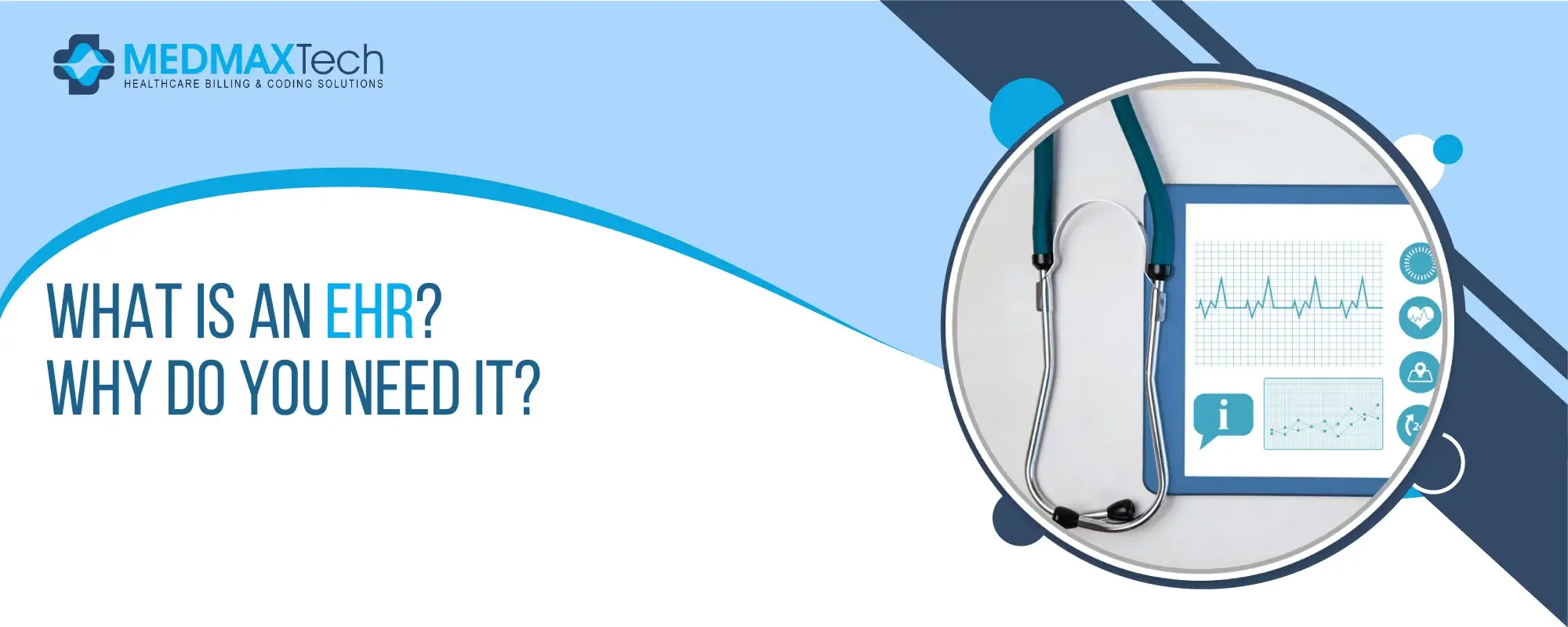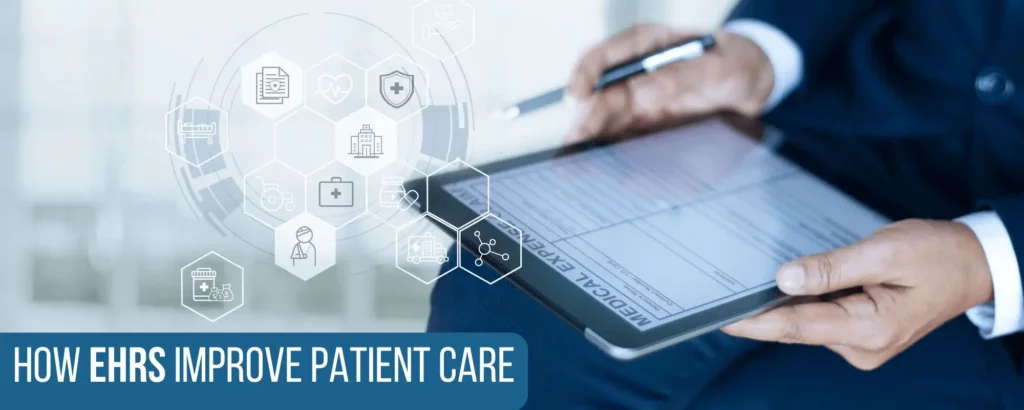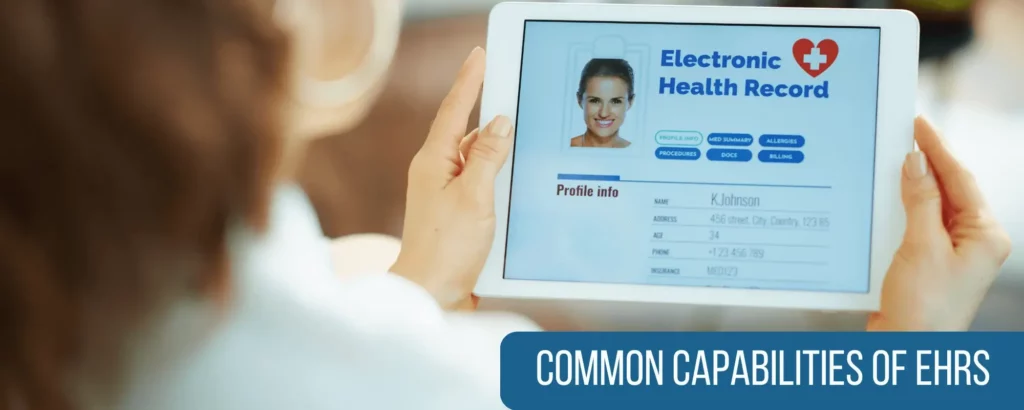
What Is An EHR? Why Do You Need It?
Is it beneficial to keep an electronic health record (EHR)?
Yes, because an EHR is an individual’s good fitness report. This is shared amongst more than one center and agency. The position of this system is increasingly influential as more excellent affected person facts turn into virtual and large numbers of clients express a choice to have mobile access to their fitness facts.
An electronic health record (EHR) is a virtual model of a patient’s paper chart. They are real-time, affected person-focused information that makes information to be shared instantly and securely to authorized users. While the system does incorporate the clinical and remedy histories of patients, an EHR machine is constructed to move beyond standard medical information gathered in a company’s workplace and maybe such a broader view of a patient’s care. EHRs are a critical a part of fitness IT and can contain a patient’s
- Clinical history
- Diagnoses
- Medications
- Remedy plans
- Immunization dates
- Allergies
- Radiology images
- Laboratory and check results
- Allow access to evidence-based equipment that companies can use to make choices about a patient’s care
- Automate and streamline company workflow.
One of the essential capabilities of these digital medical records is that health facts may be created and controlled through authorized companies in a virtual format able to be shared with different providers across multiple health care organizations. EHRs are constructed to share data with other health care companies and organizations – consisting of laboratories, specialists, clinical imaging centers, pharmacies, emergency centers, and college and workplace clinics – so that they contain facts from all clinicians involved in a patient’s care.
Benefits Of EHR
The Benefits Of EHR system Include:
- The capacity to automatically share and replace records amongst distinctive places of work and organizations
- More efficient storage and retrieval The capacity to share multimedia records, along with medical imaging outcomes, among locations
- The capacity to hyperlink records to sources of relevant and present-day research
- Easier standardization of services and patient care
- The capacity to aggregate patient information for population health control and quality of care programs
- Provision of decision help systems for healthcare professionals
- Less redundancy of effort
Potential long-term decrease in costs to medical structures The governments of many countries are working to ensure that every citizen has standardized electronic fitness statistics and that everyone’s records consist of the same forms of information. The primary barrier to the adoption of electronic fitness records is cost.
How EHRs Improve Patient Care

Electronic Medical Records are capable of improving patient care in some ways.
For example, they can provide a helpful diagnosis resource by giving companies entry to patients’ complete fitness records, which provides a comprehensive view and allows clinicians to diagnose troubles sooner. Furthermore, the system can assist in reducing medical errors, improving patient protection, and help with higher effects.
While it does include and transmit information, they also manage patient records in practical approaches and offer that records to the company on the factor of care. Online Health Records also can assist enhance public fitness effects by presenting a view of the entire patient population’s fitness records, which could help companies become aware of particular risk elements and improve outcomes.
Healthcare generation is all about possibilities; how we may be healthier, happier, and extra related throughout an unpredictable time. Find out why Med Max is the EHR for a changing world.
The Difference Between EHR And EMR
EMR stands for the electronic medical record. Nowadays, EHR and EMR are used interchangeably and are the same thing. However, authorities entities such as ONC use the period EHR exclusively.
EHRs Vs. Paper Records: Pros And Cons
While many agree that EHRs provide more significant benefits than paper fitness statistics, and aren’t without their flaws. Below are several primary variations between paper and electronic statistics:
1. Time:
According to the week in documentation, some companies have stated that EHRs have saved them anywhere from 10 to 20 hours, giving them more excellent time with their patients. However, others argue that Electronic healthcare records pose a gaining knowledge of the curve and force companies to become information entry staff. A few say that clicking and typing reasons physicians to focus on the computer in preference to the patient in the room.
2. Environment:
Going digital with patient records saves lots of paper because a patient’s medical history is usually made up of thousands, and sometimes even thousands, of pages.
3. Security:
Some believe that paper records may be more vulnerable to being compromised because of a break-in, lack of a paper file because of human error, or damage to paper statistics due to a natural disaster. However, EHRs have had their truthful percentage of cybersecurity information breaches regarding thousands of medical statistics.
4. Cost:
Large healthcare groups may also pay $1 billion or greater to buy and deploy EHR structures, and it can take months to implement the technology. There also are related long-time period virtual storage expenses with health records. Paper statistics require more excellent human administrative maintenance in terms of storing the documents and arranging for getting entry to them, and there are physical area expenses involved. Any healthcare employer will want a considerable cost evaluation to determine what’s spent vs. stored with EHR systems. Meanwhile, the U.S. authorities closely sponsored the initial push for EHRs in the United States by presenting hospitals with financial incentives to put in this technology.
5. Access:
Sharing paper statistics may be more arduous than sharing virtual patient records; it consists of finding the paper file — possibly, in a large warehouse — after which both mailing, faxing, or scanning copies. In theory, sharing EHRs must be more accessible. However, the truth is that practices by organizations and companies may also result in EHR record blocking.
6. Readabilty and Accuracy:
With paper statistics, physicians’ penmanship can be hard to read, resulting in inaccuracies. Furthermore, regularly, with paper statistics, there isn’t always enough room for a health practitioner to write the entirety down legibly. With online records, there is essentially an unlimited quantity of area, and typing and natural language processing eliminate many worries about illegibility.
Common Capabilities Of EHRs

There are many not unusual places and vital capabilities that any EHR healthcare device offers. For starters, EHR structures regularly install a patient portal for consumers to get entry to records and permit steady information sharing and information access from different healthcare groups.
EHRs also generally place patient care orders for clinicians, medicine orders, and diagnostic take a look at requests. It can manage doses for particular patients and alert physicians to any possible drug interactions in terms of medications. Moreover, the structures can manage order sets and outcomes, and the patient has the same opinion and authorizations.
Further, digital fitness file structures regularly assist clinician workflow control and scheduling coordination. Finally, those structures help finish clinical, economic, and administrative coding. This function consists of the help of provider requests and claims for reimbursement.

Jessica Collins
Jessica Collins is a Certified Professional Coder (CPC) specializing in medical billing services and revenue cycle management (RCM). She works closely with healthcare providers and medical billing companies to streamline claim processing, reduce denials, and enhance reimbursement efficiency.








